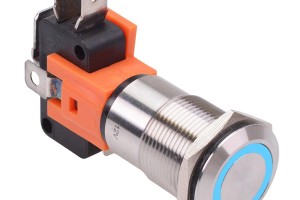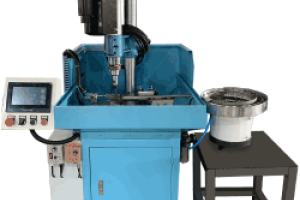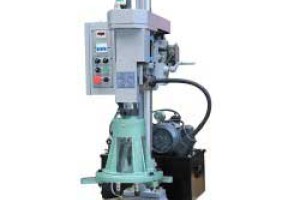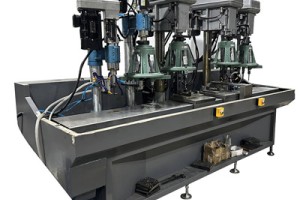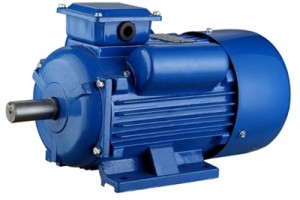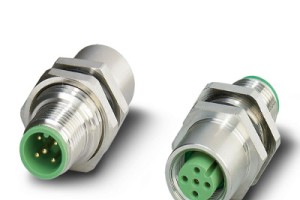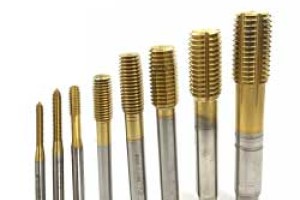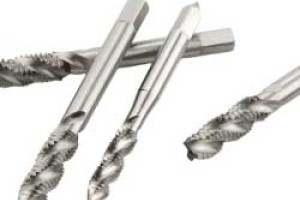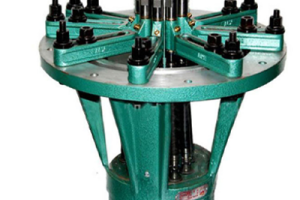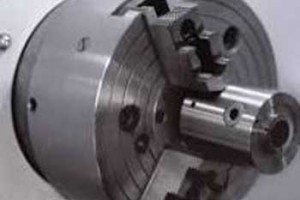







- Stock: In Stock
- Model: SCJ009629
- SKU: SCJ009629
Available Options
Ask a Question About This Product
- Description
Brief
Description
48 pin heavy duty connector with working voltage AC 500 volt and current 16A.
Specification:
| Basic | Model | SCJ009629 | SOCOJE-HDCN-HE-048-2 | SOCOJE-HDCN-HE-048-3 | SOCOJE-HDCN-HE-048-4 |
| Shipping weight | 1kg | ||||
| Standard | DIN EN 60 664-1, DIN EN 61 984 | ||||
| Number of pins | 2*(24 pin + PE) | ||||
| Certificate | CCC, CE, ROHS, RU, CSA, TUV | ||||
| Inserts | Item | HE-024-M (1-24) HE-024-M (25-48) | HE-024-M (1-24) HE-024-M (25-48) | HE-024-M (1-24) HE-024-M (25-48) | HE-024-M (1-24) HE-024-M (25-48) |
| Working current | 16A | ||||
| Working voltage | 500V | ||||
| Rated pulse voltage urms | 6kV | ||||
| Pollution degree | 3 (C) | ||||
| Insulation resistance | ≥1010Ω | ||||
| Material | Polycarbonate | ||||
| Working temperature Range | -40℃~+125℃ (-40℉~+257℉) | ||||
| Flammability according to UL94 | V0 | ||||
| Working voltage according to UL / CSA | 600V | ||||
| Insertion / withdrawal cycles | ≥500 | ||||
| Contacts | Item | HE-024-F (1-24) HE-024-F (25-48) | HE-024-F (1-24) HE-024-F (25-48) | HE-024-F (1-24) HE-024-F (25-48) | HE-024-F (1-24) HE-024-F (25-48) |
| Material | Copper alloy | ||||
| Surface treatment | Silver/ Gold plating | ||||
| Contact resistance | ≤1mΩ | ||||
| Wiring form | Screw connection | ||||
| Wire specification | 0.75-2.5mm2 AWG 18-14 | ||||
| Tightening torque | 0.5N·m | ||||
| Shell | Hood item | H48B-TS-ROM32 | H48B-TG-ROM32 | H48B-TS-ROM32 | H48B-TG-ROM32 |
| Hood thread | M32 | M32 | M32 | M32 | |
| Housing item | H48B-AG-LB | H48B-AG-LB | H48B-SGR-LB-2M32 | H48B-SGR-LB-2M32 | |
| Housing thread | - | - | 2*M32 | 2*M32 | |
| Material | Cast aluminum | ||||
| Surface treatment | Powder-coated, gray | ||||
| Interlocking element | Interlocking method: metal elastic pressing, material: galvanized iron | ||||
| Sealing element | NBR | ||||
| Applicable temperature range | -40℃~+125℃ (-40℉~+257℉) | ||||
| Flammability class | V0 | ||||
| Protection class | IP65 | ||||
Inserts and contacts dimension (unit: mm):
Shell dimension (unit: mm):
Tips: Why the insertion/withdrawal cycles of the heavy-duty connector are 500 times?
The contact resistance of heavy duty connector is mainly composed of three parts: conductor resistance, shrinkage resistance, and film resistance. The conductor resistance is usually very small (10-8mΩ) and is usually ignored in the calculation. The actual contact resistance usually only considers shrinkage resistance and film resistance.
In the range of ≤500 times, the contact resistance change is relatively stable, because the surface film of the contact is continuously damaged at this stage, and the gold plating layer and the parent metal on the surface of the contact have not started to wear. The film resistance in the resistor will continue to drop, so the contact resistance at 500 times will be lower than that at 250 times. After more than 500 times insertions and withdrawals, the reason for the increase in contact resistance is that with the increase of insertion and withdrawal, the surface coating of the contact body and the continuous wear of the substrate causes the contact surface to be rough, and the contact area is reduced. The elasticity of the contact ring decreases, and the positive contact pressure decreases during insertion and withdrawal, resulting in an increase in contact resistance.
What to do if the customer requires a higher number of insertions/withdrawal cycles?
The simplest method: On the one hand, use a solid film protective agent on the contact body. On the other hand, pay attention to avoid contact with hydrocarbons during connector assembly and use. These two methods are actually to avoid or reduce the generation of film resistance, in order to achieve the purpose of increasing the number of insertion and withdrawal.
- Reviews
